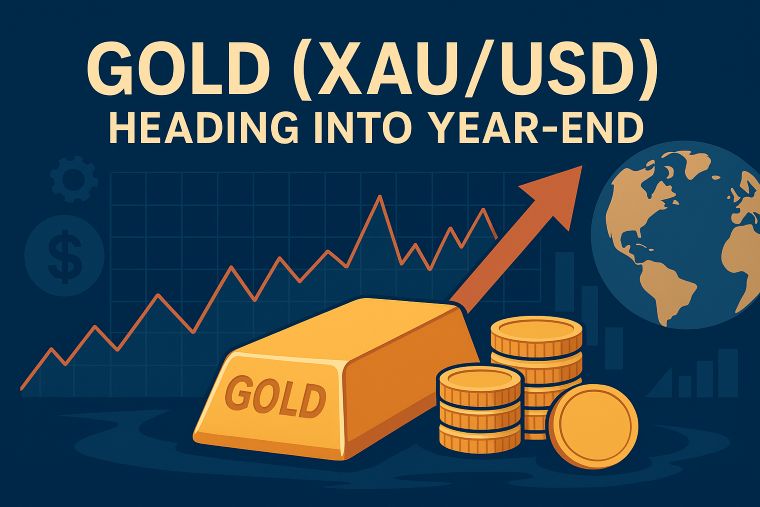2 min to read
The USDJPY pair is staging a noticeable comeback
edging towards the upper 149 yen range.

“The USD/JPY pair is staging a noticeable comeback, edging towards the upper 149 yen range”
The resurgence in the US dollar’s strength is attributed to the September release of the US Consumer Price Index (CPI), which suggests that the deceleration of inflation may not be as pronounced as initially expected. This development is complemented by an increase in US bond yields. Within this backdrop, the USD/JPY pair is displaying an upward trajectory during the New York session, approaching the latter half of the 149-yen range, thus hinting at a potential test of the 150-yen mark.
Despite the recent anticipation in the market of the Federal Reserve (FRB) concluding its rate hike cycle, a sentiment cultivated by the cautious remarks of FRB officials earlier this week and the Federal Open Market Committee (FOMC) meeting minutes released yesterday, the latest US CPI data has introduced an element of uncertainty.
Market observers are now eagerly awaiting statements from FRB officials to gauge the likelihood of reigniting expectations for further rate hikes. However, short-term financial markets currently estimate the probability of additional rate hikes by year-end to be around 35%. While a continuation of the status quo in November appears to be the prevailing expectation, the outlook for December remains a subject of division.
With the fresh data from the US CPI release in focus, the financial community’s attention is firmly directed toward the forthcoming statements from FRB officials, which will play a pivotal role in shaping market sentiment.
Conversely, the EUR/USD pair is contending with downward pressure, falling to the mid-1.05 dollar range and breaching the 21-day moving average once more. The Fibonacci 61.8% retracement level, based on the October uptrend, is hovering around 1.0520 dollars, providing an important short-term support threshold.
Furthermore, the release of the European Central Bank (ECB) minutes from the September meeting unveiled the decision to implement an additional 0.25% interest rate hike. However, these minutes disclosed that the council had grappled with a finely balanced assessment, weighing the risks of “over-tightening” against “under-tightening.” Nevertheless, some experts suggest that this release may not serve as significant guidance, with attention focused on any substantial changes in statements made by council members in the aftermath of this meeting.
The GBP/USD pair has encountered selling pressure, receding into the 1.21-dollar range and breaching the 21-day moving average once again. The Fibonacci 61.8% retracement level, drawn from the October uptrend, is situated around 1.2150 dollars, holding its position as a critical near-term support level.
In today’s developments, the release of the August UK Monthly GDP data indicated a month-on-month growth of 0.2%. However, it is crucial to highlight that the previous month’s data for July was revised downward, showing a contraction of 0.6%. Despite the revival observed in August, there remains a prevailing belief in the market that the outlook for the third quarter remains negative. Recent indicators pertaining to current economic activities suggest the possibility of a contraction in September. To avert a scenario of negative third-quarter growth, September would need to demonstrate a month-on-month growth exceeding 0.2%. Nonetheless, the likelihood of a contraction ranging from 0.1% to 0.2% remains significant at this juncture, potentially resulting in a negative third-quarter growth scenario of 0.2%.
Visit XM Official Website.

